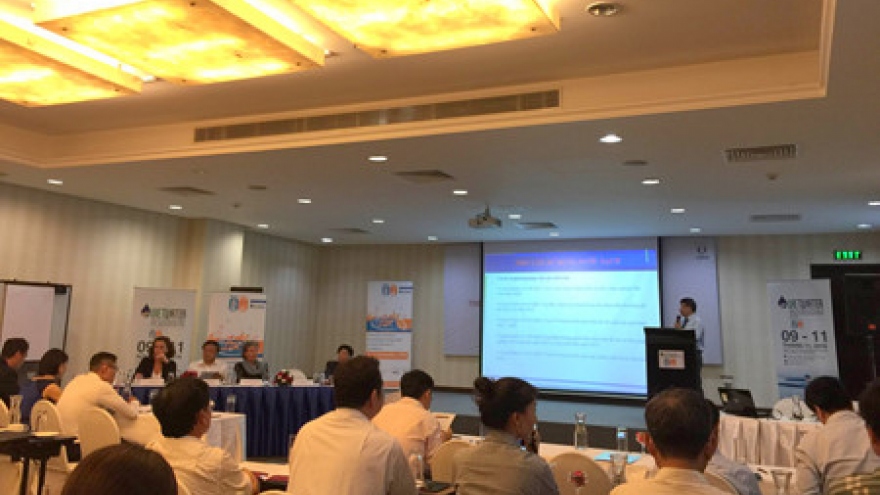Developing national criteria and regulations on renewable energy is also necessary, Hoat said, adding that a fund should be established to ensure financial resources for renewable energy research and development.
Incentives should be offered to encourage international and domestic enterprises to participate in the sector, while promoting communication work to raise public awareness of the role and value of renewable energy in sustainable development, according to Hoat.
The revised Vietnam Power Development Planning (PDP7) in the period 2011-2020 with an outlook to 2030, approved by the Prime Minister in March, 2016, has given priority to developing renewable energy sources in electricity generation, thus step by step raising the share of renewable energy in the national electricity output to 7% in 2020 and over 10% by 2030.
Specifically, total hydropower capacity is expected to reach 21,600 MW by 2020 from current 17,000 MW, and to 24,600 MW and 27,800 MW by 2025 and 2030, respectively. The hydropower output will account for 29.5%, 20.5% and 15.5% of total electricity generation in 2020, 2025 and 2030, respectively.
The planning also aims to raise wind energy capacity from 140 MW now to 800 MW by 2020, accounting for 0.8% of total electricity output. The figures are expected to reach 2,000 MW and 1% by 2020, and 6,000 MW and 2.1% by 2030.
The proportion of solar energy is projected to be 0.5% (850 MW) by 2020, 1.6% (4,000 MW) by 2025, and 3.3% (12,000 MW) by 2030.
Biomass energy sources such as byproducts from food and sugar processing and solid waste is to generate 1% of total electricity output by 2020 and 2.1%.
